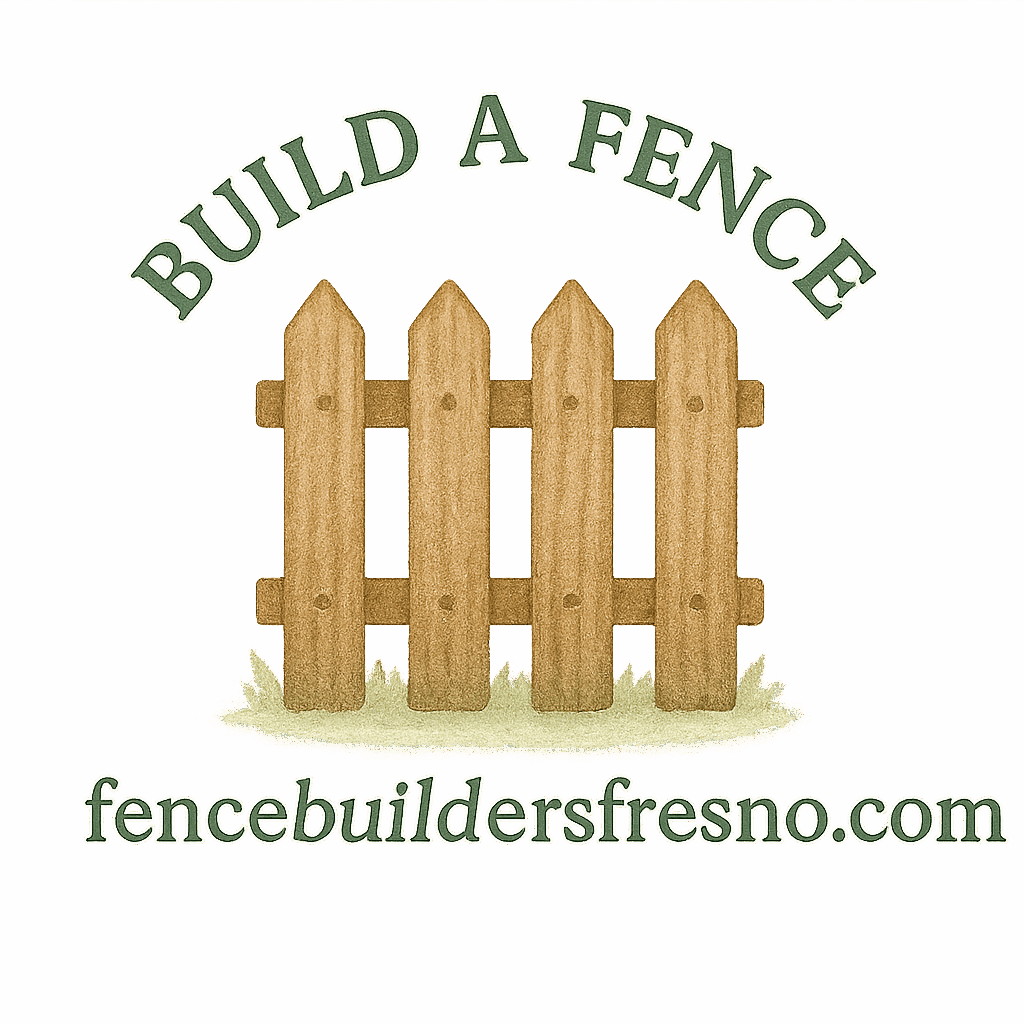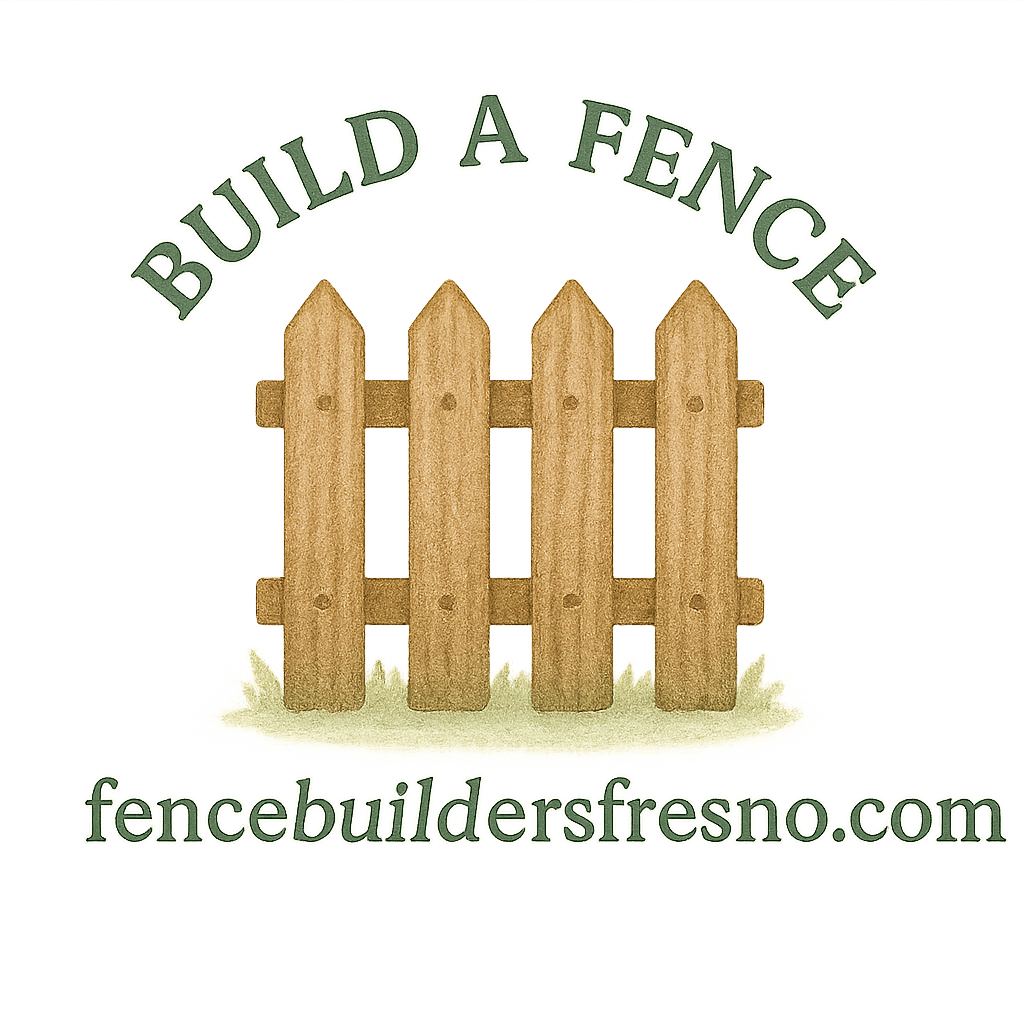Building a fence isn’t just about picking your favorite style and digging some holes. Did you know that installing a fence without following local regulations could land you in hot water legally — or with your neighbors?
Let’s dive into the top 10 fence laws every homeowner should know to stay compliant and avoid headaches.
Why Fence Laws Matter
Think of fence laws as the rulebook for boundary peace. They exist to prevent property disputes, protect visual harmony in neighborhoods, and ensure safety. Whether you’re putting up a boundary fence for privacy or something decorative to boost curb appeal, you need to know the law.
1. Understanding Property Lines
Before setting a single post, know where your property ends and your neighbor’s begins.
How to Locate Your Property Lines
You can check your home’s plat map, hire a surveyor, or visit the local assessor’s office. Never assume you “probably know” where your yard ends — that’s how conflicts begin.
Check out this guide to legal property considerations before you build.
What Happens If You Cross a Boundary?
If your fence crosses the line, your neighbor can demand its removal. Worse? You could be sued. Avoid this by referencing this must-read on property rights and fence encroachment.
2. Local Zoning Rules
Your city or county likely has zoning codes that regulate fence placement, height, and material.
Fence Height and Placement Regulations
In many places, front yard fences can’t exceed 3-4 feet, while back and side fences may reach 6-8 feet. Fence design planning can help you stay within these limits.
3. Legal Fence Types Allowed
What kind of fence are you thinking of? A cute white picket or a sturdy privacy wall?
Community and HOA Guidelines
If you live in a community with an HOA, be sure to check their rules. HOAs can override city laws when it comes to style and maintenance. Visit fence-types-comparisons for help deciding what’s permitted.
Prohibited Materials and Styles
Barbed wire, electrified fencing, and chain-link fences might be restricted in residential areas. Some places ban decorative fences in front yards.

4. Shared Fences and Neighbor Agreements
You might think, “It’s my fence, I’ll do what I want.” But not so fast — if it borders a neighbor’s property, there are rules.
Who Pays for the Fence Between Homes?
In many states, both property owners share the cost and upkeep. Some localities even require a written agreement.
Documentation is Key
Always get neighbor agreements in writing, especially if you’re splitting costs. Check out this post on legal fencing before starting your fence installation.
5. Fence Encroachment Laws
This is where things get dicey. Fence encroachment happens when your fence invades someone else’s land.
How to Avoid Fence Disputes
Mark lines clearly. Work with a surveyor. Communicate with neighbors.
Legal Steps for Encroachment Issues
If your neighbor’s fence is on your land, you can file a complaint. Start with mediation before launching into a legal dispute.
6. Permits and Inspections
This step is often skipped — to the homeowner’s regret.
When You Need a Permit
If your fence is over a certain height or near a sidewalk, a permit is often mandatory. Learn the fence building basics so you don’t miss crucial steps.
What Inspectors Look For
Inspectors will check for zoning compliance, height, materials, and visibility safety. Don’t forget to include this when mapping out your DIY fence plan.
7. Rules for Front Yard Fences
Front yard fences are treated differently from back or side yard fences.
Visibility and Safety Concerns
Your fence can’t block drivers’ views at intersections. Cities often require a “visibility triangle” clear of obstructions.
Decorative Fence Guidelines
Love aesthetics? Great! Just ensure your front yard fence fits community style guides.
8. Fence Height Restrictions
You can’t just build a 10-foot wall because you want more privacy.
Residential vs. Commercial Standards
Most residential areas have strict height limits, while commercial properties may allow more leeway. For durability, explore durable fencing that works within legal limits.
9. Fence Maintenance Responsibilities
Even if your fence is legal, failing to maintain it can still get you into trouble.
Who Maintains a Shared Fence?
Typically, both neighbors share responsibility unless agreed otherwise. Learn about fence maintenance and repair to stay on top of it.
Avoiding Legal Disputes Over Neglect
Neglecting your fence may violate low-maintenance ordinances. Keep up with wood fence care or choose a vinyl fence for easier upkeep.
10. Historic District Restrictions
Live in a historic neighborhood? Your fence options may be limited.
Preservation Over Personalization
You may be required to use period-accurate materials or designs. Always check your city’s historic preservation board before building.
Consequences of Ignoring Fence Laws
Let’s be real — fines, forced removals, and court dates are no joke. One mistake could mean tearing down your entire fence. Avoid the mess by browsing this fence guide first.
Conclusion
Putting up a fence isn’t just a weekend DIY project — it’s a legal affair. From understanding property lines to picking the right materials and following local codes, you need to be informed to avoid costly issues.
When in doubt, work with professionals. Fence Builders Fresno offers guidance on everything from planning to installation. Stay smart, build right, and protect your peace (and property) the legal way.
FAQs
1. Do I need my neighbor’s permission to build a fence?
Only if it’s a shared boundary. It’s wise to get written consent to avoid disputes.
2. What’s the legal fence height for a backyard?
Usually 6 feet, but local zoning laws vary.
3. Can I paint or decorate a shared fence?
Only your side, unless your neighbor agrees.
4. What happens if I don’t get a permit for my fence?
You may be fined or forced to take it down.
5. Are there special rules for corner lots?
Yes. Visibility and traffic safety laws often apply more strictly.
6. Can a fence increase my property value?
Yes — especially if it’s attractive and well-maintained.
7. Who do I call to resolve a fence dispute?
Start with local mediation, then legal services if needed. Also refer to fence dispute tags.


